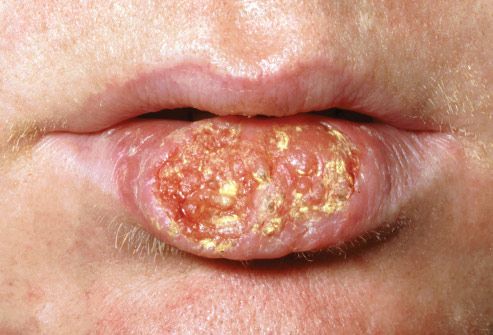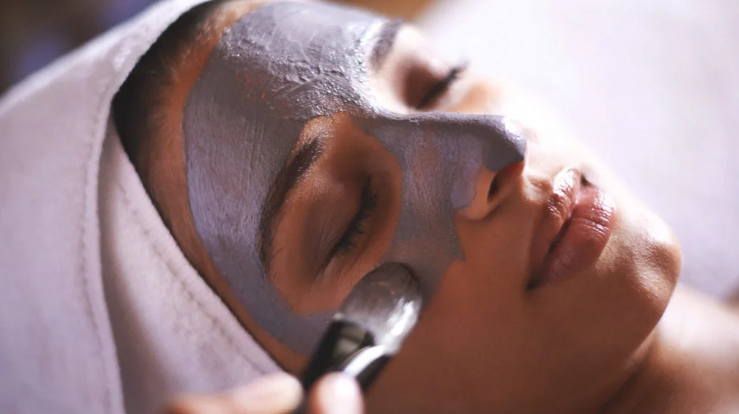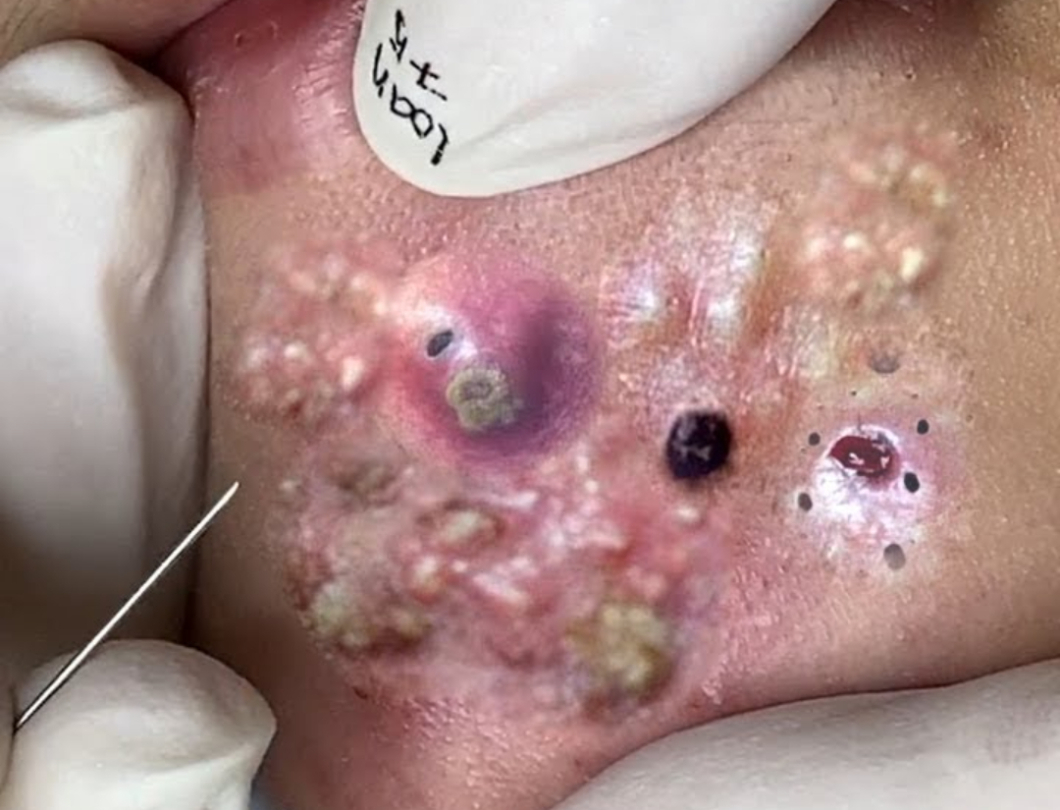Important: If you have a persistent, large, or painful skin lesion that’s been present for years, it may not be a simple blackhead. It could be a different type of skin condition—such as a sebaceous filament, dilated pore of Winer, epidermoid cyst, or even something requiring medical evaluation.
Can a Blackhead Persist for Years?
While typical blackheads resolve within weeks to months with proper care, long-standing or unusually large comedones may indicate:
- Giant comedo or dilated pore of Winer: A single, markedly enlarged open comedo, often on the face, scalp, or back. It can persist for years and may contain a dense, keratinous plug².
- Favre–Racouchot syndrome: In sun-damaged skin (usually in older adults), multiple large comedones appear alongside cysts and elastosis³.
- Epidermoid cyst: Sometimes mistaken for a blackhead, especially if it has a punctum (small opening). These are deeper, encapsulated, and may slowly grow over years⁴.
Note: In a true 3-year-old child, persistent large comedones are uncommon and warrant pediatric dermatologic evaluation to rule out endocrine disorders (e.g., premature adrenarche) or genetic syndromes (e.g., nevus comedonicus)⁵.
Safe and Effective Management
1. Professional Extraction (Gold Standard for Large Comedones)
Dermatologists can perform sterile comedo extraction using a comedone extractor or fine forceps after softening the plug with a keratolytic agent or steam. Attempting this at home risks scarring, infection, or post-inflammatory hyperpigmentation⁶.
2. Topical Treatments (Evidence-Based)
- Salicylic acid (0.5–2%): A beta-hydroxy acid that penetrates oil and exfoliates within pores. Shown to reduce comedones in 4–8 weeks⁷.
- Topical retinoids (e.g., adapalene 0.1%, tretinoin): Normalize follicular keratinization and prevent new comedones. Adapalene is FDA-approved for ages 12+, but often used off-label in younger patients under supervision⁸.
- Benzoyl peroxide (2.5–5%): Has antimicrobial and mild comedolytic effects; best combined with retinoids for synergistic action⁹.
3. When to Suspect Something Else
If the lesion is:
- Larger than 5 mm,
- Firm or nodular,
- Painful or inflamed,
- Growing steadily,
…it may be a dilated pore of Winer, trichilemmal cyst, or pilar tumor—all requiring biopsy or excision².
Key Recommendations
- Do not squeeze or use unsterile tools—this can cause scarring or introduce Staphylococcus or Cutibacterium acnes deeper into tissue.
- Sun protection: UV exposure worsens post-inflammatory changes and skin aging, which can exacerbate comedonal acne¹⁰.
- Consult a board-certified dermatologist for any lesion persisting beyond 3–6 months despite OTC care.



